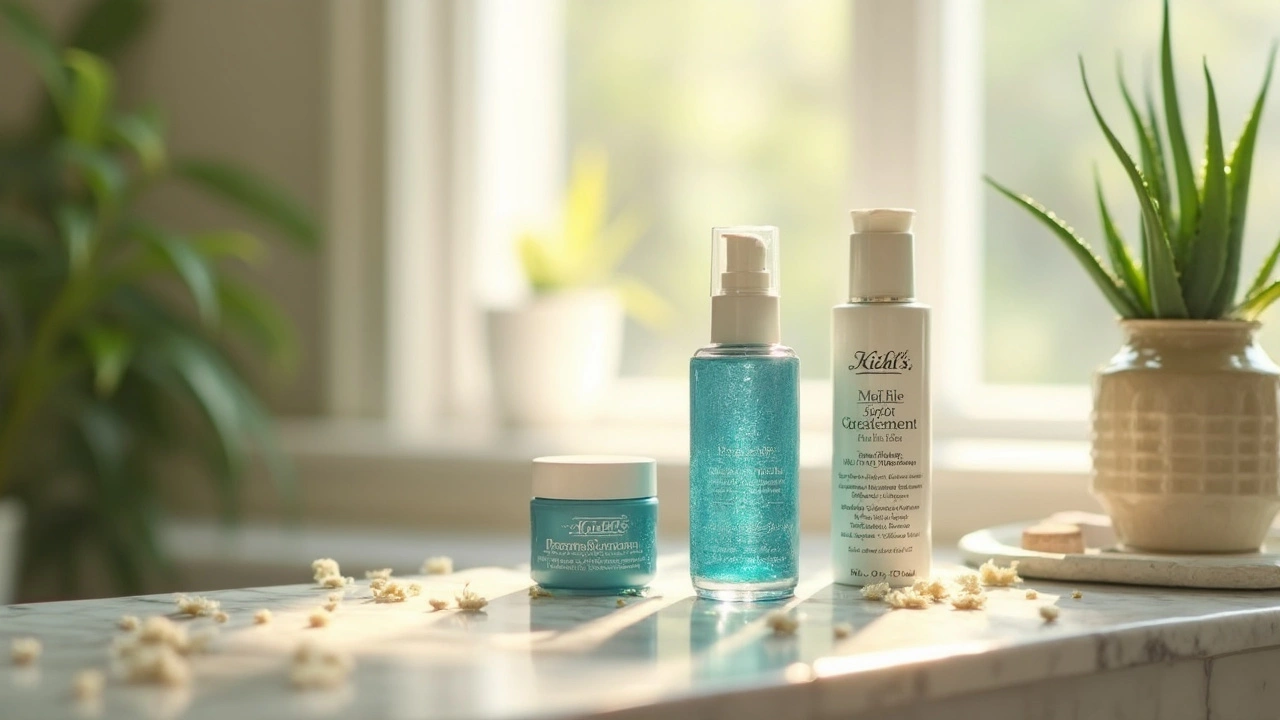Acne Treatments: Practical, No‑Fluff Guide
Acne can be stubborn and feels personal. Whether it’s whiteheads, cysts, or red bumps, you want something that works without wasting time or money. This page lists clear, practical options you can try today and explains when to call a doctor.
Top OTC and Prescription Options
Start with over-the-counter actives: benzoyl peroxide (kills bacteria and reduces oil), salicylic acid (clears pores), and azelaic acid (reduces redness and bumps). Use one active at a time so you can spot what helps and what irritates.
Topical retinoids (adapalene, tretinoin) speed cell turnover and prevent new clogs. Expect 8–12 weeks before big results. Pair retinoids with sunscreen every morning — they make skin more sun-sensitive.
For moderate to severe acne, doctors may prescribe oral antibiotics short-term, combined with topical care. Hormonal options like combined birth control pills or spironolactone help many women with hormonal breakouts. Isotretinoin (Accutane) clears severe, scarring acne but needs close medical monitoring.
Daily Skincare and Practical Tips
Keep your routine simple: gentle cleanser twice a day, targeted treatment, light moisturizer, and sunscreen. Over-washing or harsh scrubs make acne worse. Choose non-comedogenic products and check labels for 'won't clog pores.'
Don’t pop pimples. Squeezing inflamed spots often pushes bacteria deeper and causes scarring. Use hydrocolloid patches on pus-filled spots — they protect and speed healing.
Be patient. Most treatments take weeks. Track one change for 6–12 weeks before switching. If something causes burning, severe redness, or swelling, stop and check with a provider.
Professional procedures can speed results: chemical peels, light or laser therapy, and cortisone injections for painful nodules. These work well as add-ons but are not replacements for a daily regimen.
Diet and lifestyle: a steady routine helps. Some people see fewer breakouts after cutting high-glycemic foods or reducing dairy, but results vary. Sleep, stress management, and avoiding heavy makeup at night all help.
Patch-testing new products on your jawline or inner arm reduces surprises. If you use multiple actives, introduce them one at a time to lower irritation risk.
See a dermatologist if you have deep nodules, acne that scars, or no improvement after 3 months of consistent treatment. Early professional care prevents lasting marks and narrows safe, effective options for you.
Quick checklist: pick one OTC active, add a retinoid if needed, use moisturizer and sunscreen, skip popping, and get help for severe or scarring acne. That approach keeps things simple and gets you closer to clearer skin.

